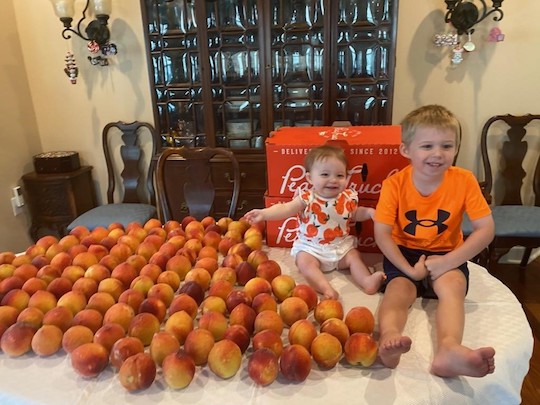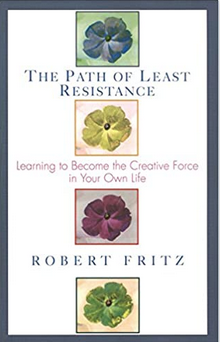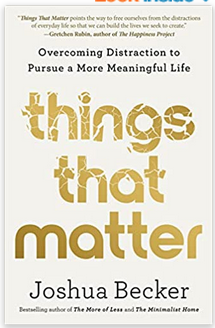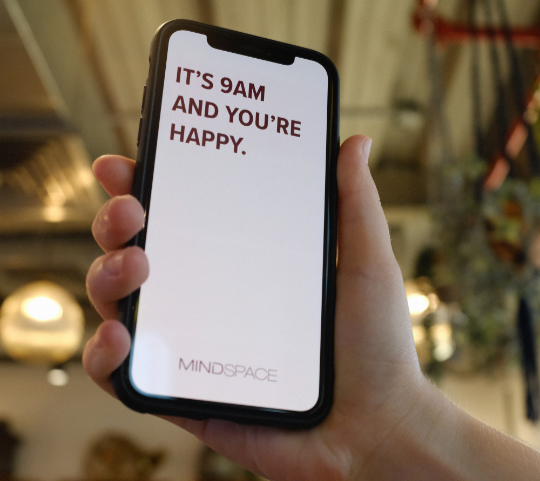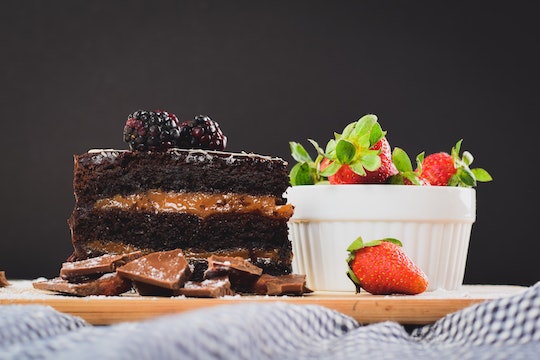“Happiness is like jam. You can’t spread even a little without getting some on yourself.”
—Anonymous
For the past few years my wife Wendy, our daughter Rachel, and I engage in a multi-day peach preserve project. With 75 pounds of Georgia’s best, we blanche, peel, chop, can, and seal over five dozen jars of this sweet precious goo.
Doing our best to avoid cuts, burns, and keeping our relationship intact, we always feel very satisfied when the job is done. Given Wendy’s generous nature, about four dozen go out as gifts to sweeten the lives of others throughout the year.
EXERCISE:
What are some ways that you plan to spread a little happiness around this holiday season and into the year ahead?

